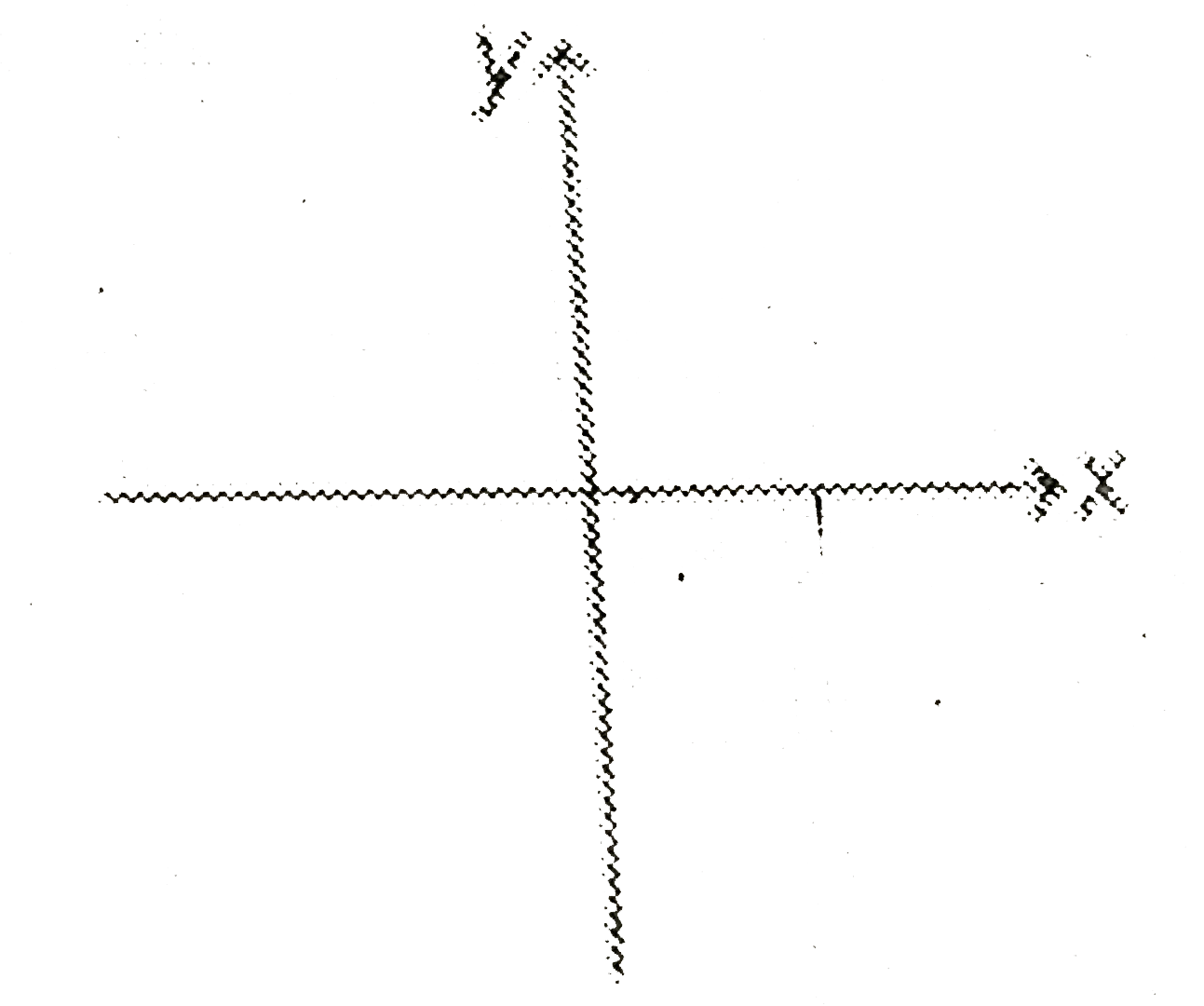The ends of a stretched wire of length L are fixed at x=0andx=L. In one experiment, the displacement of the wire is y1=Asin(π/L)sinωt and energy is E1 and in another experiment its displacement is y2=Asin(2πx/L)sin2ωt and energy is E2. Then
(a) E2=E1
(b) E2=2E1
(c) E2=4E1
(d) E2=16E1
The correct Answer is:C
( c ) E∝A2v2 where A=amplitudeandv=equency.
Also ω=2πv⇒ω∝v
In case 1 : Amplitude=Aandv1=v
In case 2 : Amplitude=Aandv2=2v
:. E2E1=A2v22A2v21=4 rArr E2=4E1
Topper's Solved these Questions
Similar Questions
Knowledge Check
- Question 1 - Select One
The ends of a stretched wire of length L are fixed at x=0andx=L. In one experiment, the displacement of the wire is y1=Asin(π/L)sinωt and energy is E1 and in another experiment its displacement is y2=Asin(2πx/L)sin2ωt and energy is E2. Then
AE2=E1BE2=2E1CE2=4E1DE2=16E1 - Question 2 - Select One
The ends of a stretched wire of length l are fixed at x = 0 and x = l. in one experiment, the displacement of the wire is y1=asin(πxl)(sinωt) and energy E1 and in another experiment, its displacement is y2=asin(3πxl)(sin3ωt) and energy is E2 then
AE2=E1BE2=3E1CE2=E13DE2=9E1 - Question 3 - Select One
The rms value of the emf given by E=8sinωt+6sin2ωt .
A5√2VB7√2VC10VD10√2V
The displacement of the interfaring light waves are y1=4sinωtandy2=3sin(ωt+π2) What is the amplitude of the resultant wave?
View SolutionThe displacement of two interfering light waves are given by y1=3sinωt,y2=4sin(ωt+π/2). The amplitude of the resultant wave is
View SolutionTwo particle are executing simple harmonic motion. At an instant of time t their displacement are y1=acos(ωt) and y2=asin(ωt)
Then the phase difference between y1 and y2 isView SolutionA xandy co-ordinates of a particle are x=Asin(ωt)andy=Asin(ωt+π/2). Then, the motion of the particle is
 View Solution
View SolutionA body is executing simple harmonic motion As x displacement x its potential energy is E1 and at a displacement y its potential energy is E2 The potential energy E at displacement (x+y) is
View Solution

